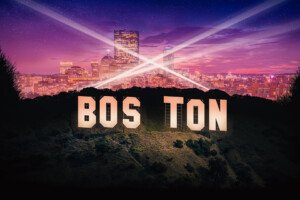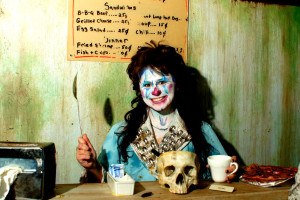Meet the People Who Make Boston Movies Happen
They’ve cast more than 140 films. He coordinated The Instigators’ chase scene. She used to be Ben Affleck’s personal chef. Eight industry professionals responsible for Massachusetts’ cinematic magic.
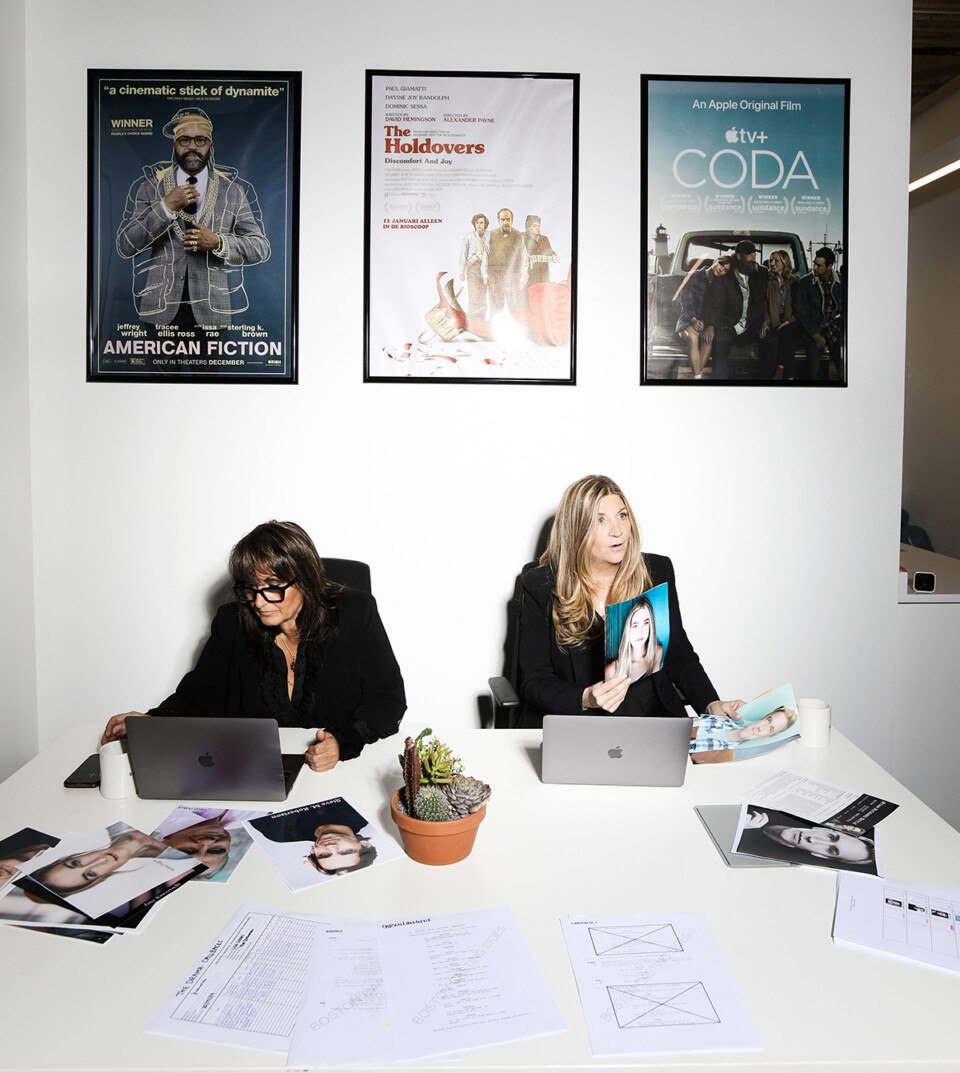
Angela Peri and Lisa Lobel. / Photo by Diana Levine
Angela Peri and Lisa Lobel
Casting directors and co-owners, Boston Casting
Who they are: Peri, a Cambridge native, founded New England’s largest casting agency in 1990 as a plan B. “I was an actress in Boston, I had a really thick accent, and I couldn’t get any work,” she explains. Lobel came aboard five years later, and since then they’ve worked on more than 140 films.
What they do: Out-of-town productions typically find leading roles back in L.A. yet rely on Boston Casting for all other roles. With a database of more than 100,000 performers, Peri and Lobel cast 2,000-plus people per movie.
Where to see their work: Recent credits include Oscar winners The Holdovers (2023) and American Fiction (2023), plus the recent limited series The Perfect Couple (2024). The duo particularly excel at casting authentic Boston roles. For The Fighter (2010), Peri sought actresses for Micky Ward’s tough sisters. When no one matched the role’s hardened, Lowell-bred energy at the casting call, she sent them home. Then, “One girl says, ‘Hey, Angela!’ I turned around, and she says, ‘Fuck you.’ I said, ‘Really?’ And she says, ‘Yeah, fuck you,’” Peri says. “She got the job.”
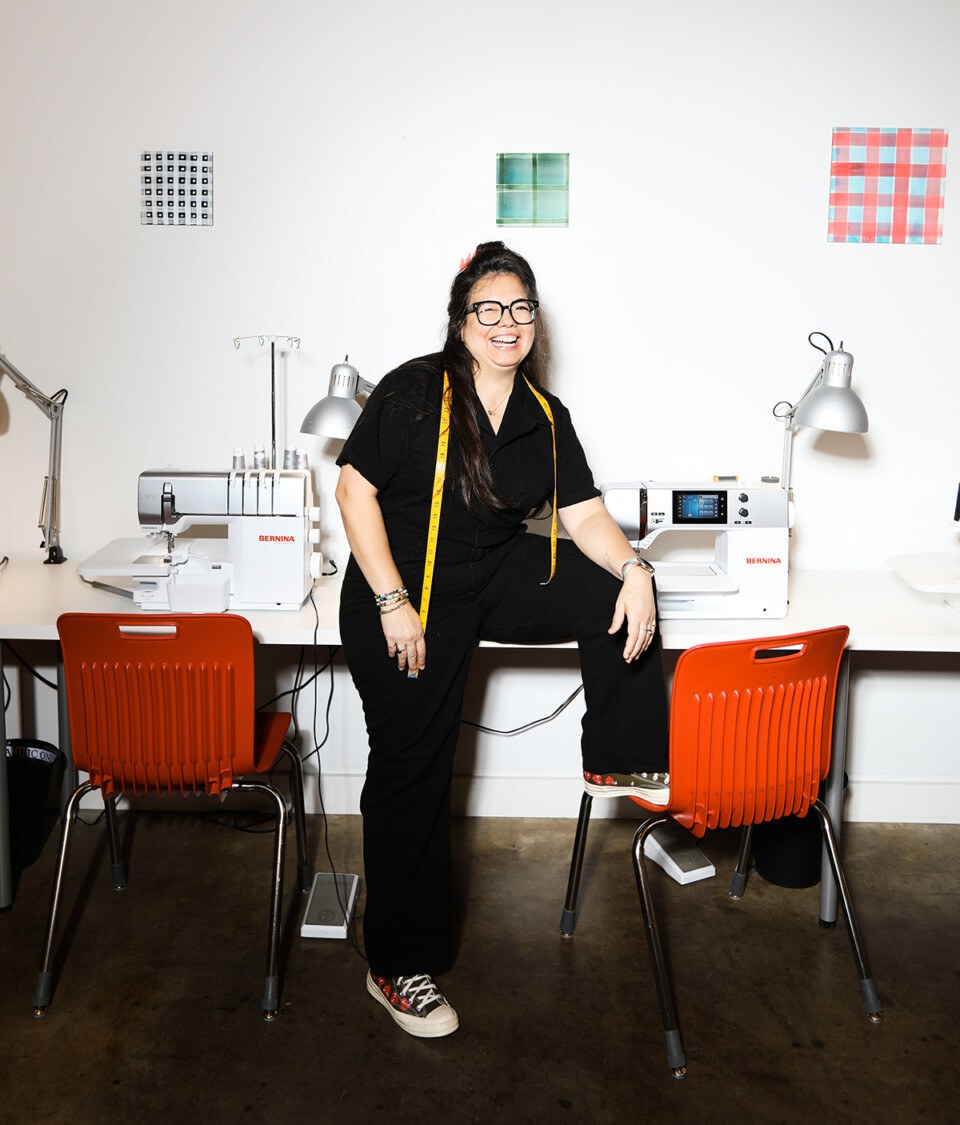
Photo by Diana Levine
Virginia Bristol Johnson
Costume designer
Who she is: What began as a sewing and embroidery hobby turned into a professional career for Johnson—first designing costumes for summer and children’s theaters, then shifting to GBH docudramas and Hollywood productions.
What she does: Whether it’s sourcing patterns for ’90s-era nurse scrubs or shopping for contemporary items, Johnson and her team are responsible for outfitting every on-screen character—including stunt doubles.
Where to see her work: Johnson’s resume includes out-of-town projects Hillbilly Elegy (2020) and the upcoming Netflix Western American Primeval, but she favors working on films set in Massachusetts—like Patriots Day (2016) and the recent Max reboot Salem’s Lot (2024), which turned Ipswich into Stephen King’s fictional Maine town. “I’ve gotten the opportunity to see Massachusetts like a tourist,” she says, “but with a much deeper appreciation because I live here.”
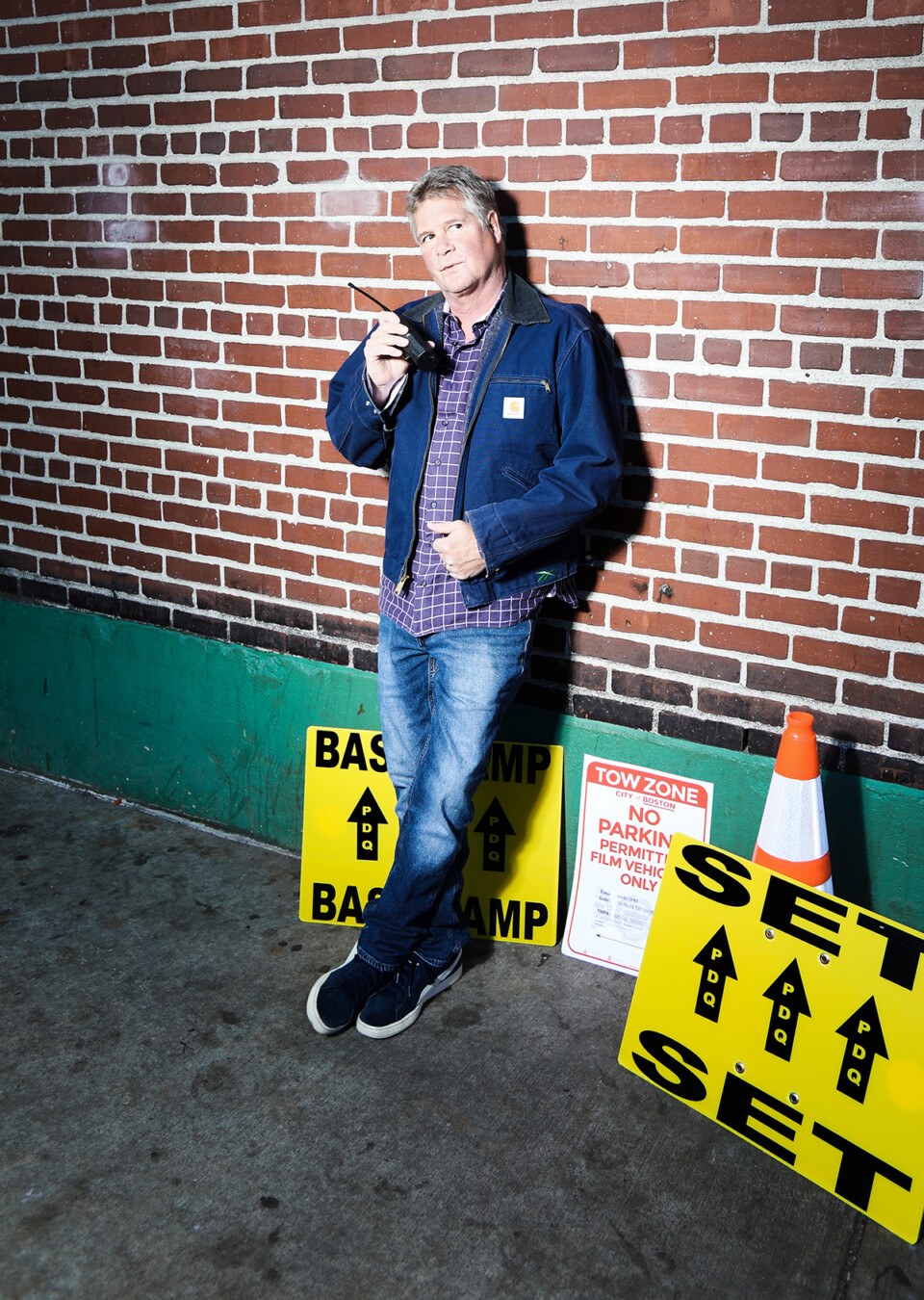
Photo by Diana Levine
Mark Fitzgerald
Location manager and scout
Who he is: Once a boat-driving production assistant on The Crucible (1996), Fitzgerald has since scouted locations for more than 70 films.
What he does: Fitzgerald’s team hunts for film locations for every scene, from major settings to even the briefest of shots. Once locations are chosen, the job involves coordinating schedules and obtaining permits.
Where to see his work: Fitzgerald has been integral to Boston-based scenes in many Damon and Affleck films over the past 30 years, from Good Will Hunting (1997) to The Town (2010). For The Instigators (2024), Fitzgerald orchestrated a Back Bay car chase across the Mass. Ave. Bridge, closing Memorial Drive for five hours. “To get the permits to do that took months and a hundred meetings,” he says. “[It] was epic.”
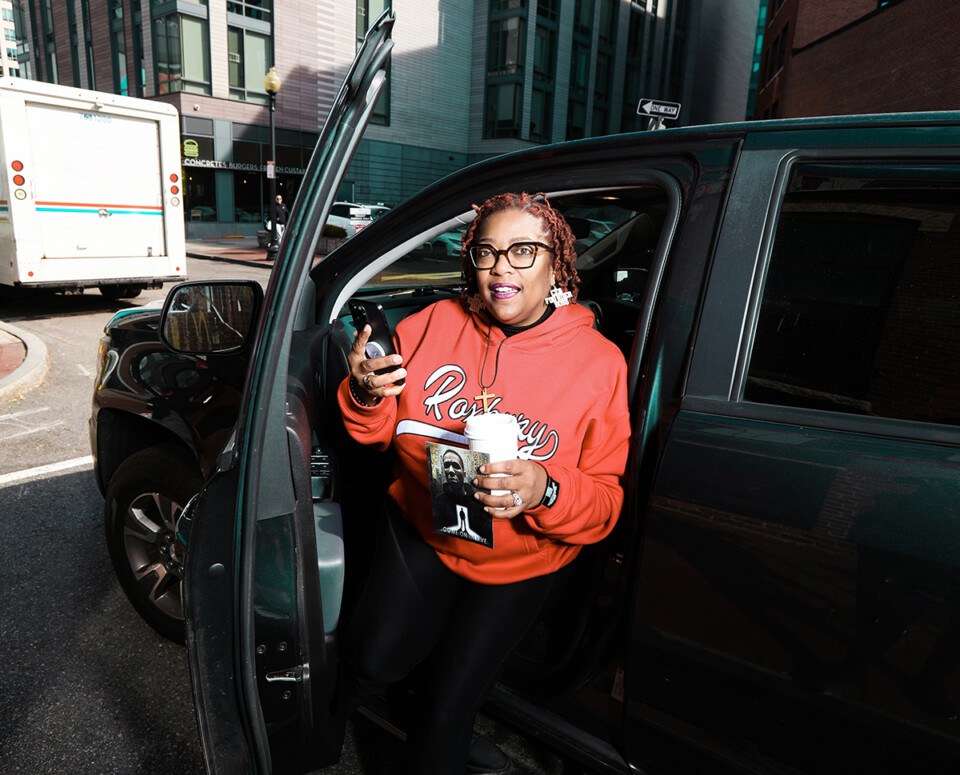
Photo by Diana Levine
Nerissa Williams Scott
Producer
Who she is: After high school in Massachusetts, Scott zigzagged between Boston, L.A., and Atlanta, working as a production assistant on TV shows like Everybody Hates Chris and Scrubs, as well as managing live-theater productions. She finally settled back here in 2008.
What she does: Scott wears many hats, including producer, Emerson College instructor, and cofounder of That Child Got Talent Entertainment (TCGT) and the Secret Society of Black Creatives. These organizations aim to increase diversity in the predominantly white film, TV, and theater industries.
Where to see her work: Scott’s influence is evident in the cast and crew lists of local productions. Since 2009, she’s steered TCGT from a production house to a professional development hub, focusing on young adults aspiring to enter the industry. “Nobody [was] really paying attention to the Black and brown community,” Scott says. “We realized that we should really be helping people to find each other.”
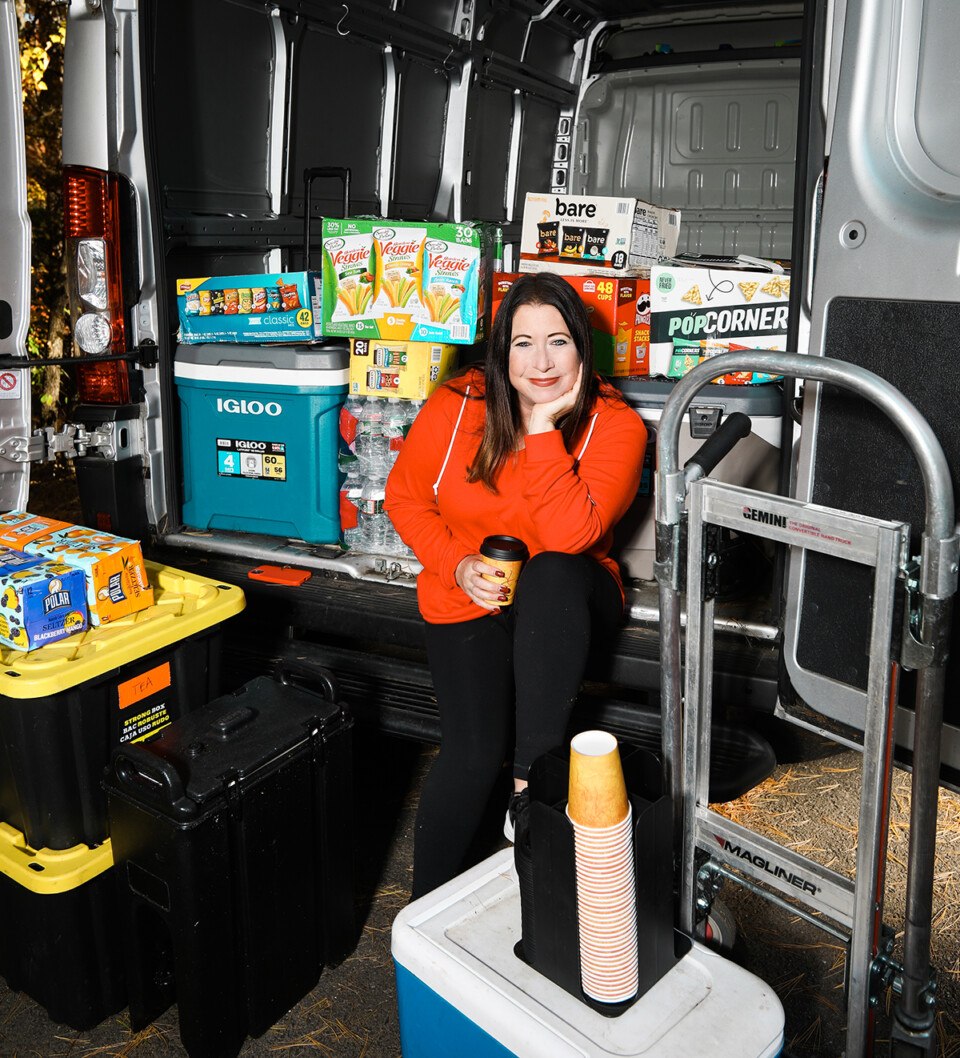
Photo by Diana Levine
Tracy Spiegel
Craft-service department head, Krave
Who she is: The Boston College alum’s first film was Gone Baby Gone (2007); since then, Spiegel has worked on dozens of Massachusetts productions, establishing herself as the go-to crafts person for Damon and Affleck. (At one point, she was even Affleck’s personal chef.)
What she does: Describing herself as a “glorified snack person,” Spiegel buys, makes, and serves drinks, coffee, and general sustenance to hundreds of cast and crew members all day long, with her two-person team. “I’m everybody’s favorite person on set,” she jokes.
What she’s worked on: Spiegel fueled The Instigators and Beetlejuice Beetlejuice (2024), but her largest project to date was feeding 700 people for Ryan Reynolds and Will Ferrell’s Spirited (2022). Craft services is the cast and crew’s “happy place,” Spiegel says, “where people go to escape from everything else.”
Brian Drewes
Visual effects supervisor and founder, Zero VFX
Who he is: After working for a visual effects company in San Francisco, Drewes made the move to Boston to start Zero VFX in 2010. He’s since worked as a visual effects supervisor on more than 50 feature films.
What he does: Drewes leads a 60-person team that blends practical on-set effects with digital enhancements to bring what’s impossible in the real world to life onscreen. Based in a Newton office, their work begins during script development and continues through a film’s final cut. The work of Zero VFX is more reality-based than CGI, augmenting the real world so authentically that viewers barely notice. “We chose the name Zero because we wanted the audience to be surprised that any visual effects were involved in the movie,” Drewes explains. “We’re fooling people a bit.”
Where to see his work: In Little Women (2019), Florence Pugh’s Amy falls into an icy pond: that scene was shot with plexiglass over a real pond, digitally layered with snow, with Pugh falling into a heated pool under a catwalk—and the ice chunks were added in post-production. More recently, for the Golden Globe nominated Challengers (2024), Drewes designed the visual effects for the final scene, when the viewer takes on the perspective of a tennis ball.
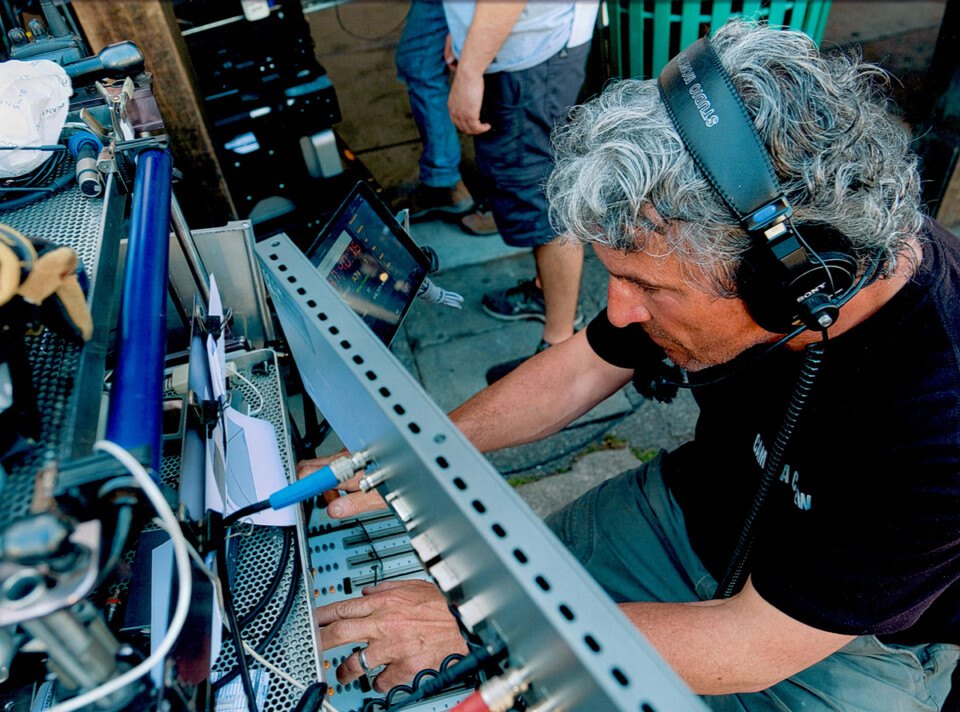
Williams at work. / Courtesy.
Tom Williams
Sound mixer
Who he is: After studying recording engineering at Berklee College of Music, Williams landed a gig at a Tremont Street recording studio and eventually signed on as a sound mixer for GBH documentaries, commercials, and narrative films.
What he does: Williams and his team of technicians capture the dialogue and all ancillary audio for every scene. On set, the Pennsylvania native sits on his sound rig, fingers flying across the soundboard, adjusting mic levels as every actor speaks. “It’s like long-distance running or long-distance swimming or something,” he says. “You become a machine.”
Where to hear his work: Among his many credits—which include Oscar nominees American Hustle (2013) and Don’t Look Up (2021)—Williams worked on Ted (2012), which featured Seth MacFarlane simultaneously directing and voice acting in real time. When the Family Guy creator sat miked behind the camera, talking to his co-star Mark Wahlberg 30 feet away, Williams had to make sure both sides of the dialogue’s sound quality matched. Sometimes that involved constructing mini-plywood walls around MacFarlane to mimic the acoustics of Wahlberg’s on-screen setting. “We have to give it our all, all the time,” Williams says. “Whether or not that sound is usable, we have to act like it is, because there’re all sorts of tricks in post that can salvage something.”
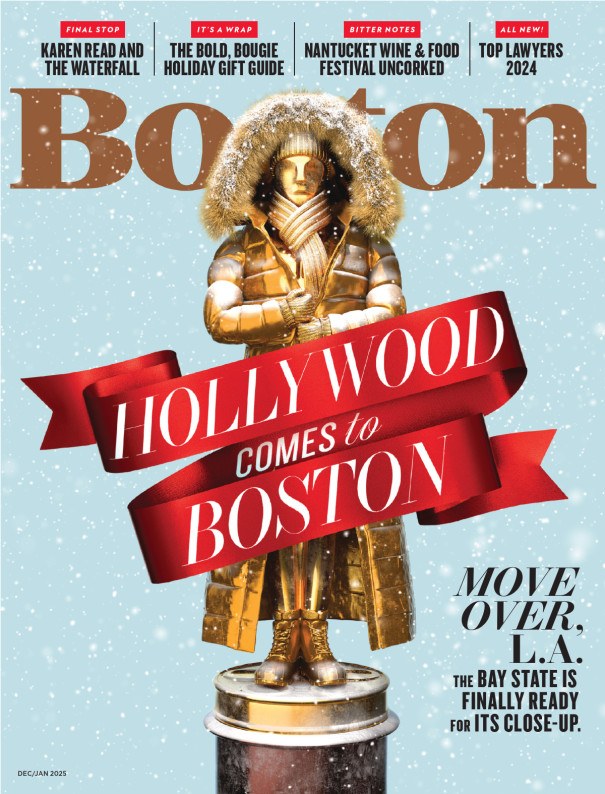
Photo illustration by Comrade
Hollywood Comes to Boston
- Movies in Boston: A Brief, But Essential History
- How a State Tax Credit Fostered the Boston-Movie Boom
- The Five Best Indie Theaters in Greater Boston
- Five Great Boston-Area Film Festivals
- 18 Essential Boston Movies
- How Oscar-Winning Film Producer Nina Fialkow Picks Projects
A version of this story was first published in the print edition of the December 2024/January 2025 issue with the headline, “Behind the Lens.”

